
Acne, dark spots, blackheads and pimples are some common problems faced by the majority of the population. The most commonly affected are the females. These problems are caused by several environmental factors such as dust, dirt or pollution or because you don’t take proper care of your skin. No matter what are the causes, best homeopathy treatment for Blemishes are considered best to treat any patient.
The types and symptoms vary according to the causes of Blemishes. It can result in acne on the face, dark spots under the eyes, blackheads on the nose and uneven texture of the skin. If not treated on time, it can also result in irritation, itching and spots on your skin. The best way to is to prevent the symptoms of Blemishes and take proper care after consulting to the best homeopathy doctor.
The most common symptom of recognizing blemishes is acne and spots that develop on the face. These symptoms can also be the result of some diseases such as chickenpox. Some common symptoms of recognizing blemishes include:
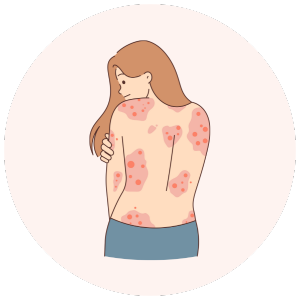
Redness
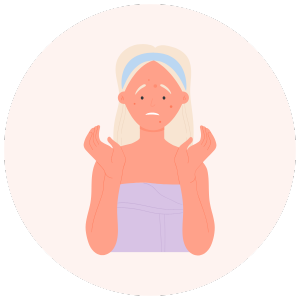
Pimples or Pustules
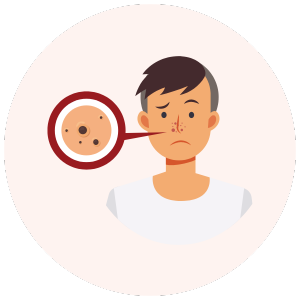
Blackheads or Whiteheads

Uneven Texture
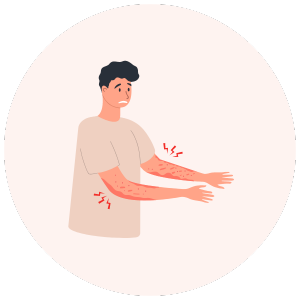
Itching or Pain
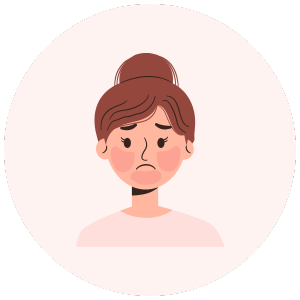
Increased Sensitivity
Several things can create blemishes on the face. It can be caused by an injury, some long-lasting diseases or simply environmental factors. The causes affect the person differently and result in various symptoms. Some common causes of Blemishes include
The skin can get inflamed and irritated by excessive exposure to the sun’s UV rays, which can result in blemishes.
Too much oil production by the skin can block pores and result in acne and pimples.
Acne and other types of blemishes can be brought on by hormonal changes, especially during puberty and menstruation.
Inflammation and the growth of blemishes can result from eating a diet high in refined foods and sweets.
Connect with the best homeopathy doctor for Blemishes to get your problem diagnosed and treated in the earlier stage. You can connect with Afecto Homeopathy and book your appointment to get rid of acne on your face.
Depending on the area affected, the blemishes on the face can be of various types. All types of Blemishes show different symptoms and require proper treatment. Let’s discuss some types of Blemishes.
| Acne | Acne is a frequent type of skin blemish brought on by blocked pores by overproduction of oil, germs and dead skin cells. It also includes Blackheads and whiteheads but they do not swell up as acne does. Acne can be identified by a lump, mark, or spot on the skin. |
| Papules | When additional oil, bacteria, and dead skin cells infiltrate a deeper layer of the skin, papules, also known as pimples form and cause skin blemishes. Papules can also be caused by eczema, dermatitis, and chickenpox rashes. |
| Ingrown Hair | Shaving, waxing, or tweezing are among hair removal techniques that can occasionally result in ingrown hairs. They are hairs that become stuck and grow back into the skin, frequently resulting in red lumps. |
| Dark Spots & Scars | Additionally, this is referred to as hyperpigmentation and dark patches. They develop as a result of excessive melanin production brought on by hormonal changes and sun exposure. Scars might be the consequence of acne or they can be the result of trauma or surgery. These are some common types of Blemishes on the face. If you or anyone in your circle is experiencing acne, scars, blackheads, or any other type of Blemishes, you must consult a doctor providing homeopathic treatment for Blemishes at Afecto Homeopathy. Our doctors are highly experts in their field and provide valuable prevention methods along with proper medication to cure your problem. |
At Afecto Homeopathy® Clinic, we know every patient is unique and their health requirements necessitate individualized care. To assist you attain your utmost well-being, we are committed to offering comprehensive and holistic care.
Homeopathic medicine offers various benefits for patients. It aims to treat the patient, not just the symptoms of a particular disease. By considering a person’s physical, mental, and emotional well-being, homeopathic treatments try to promote long-term health and balance. The medications used in homeopathy are made from natural ingredients. They are gentle, non-toxic, and have no side effects. Here are some of the benefits of homeopathic medications:

Corrects the root cause
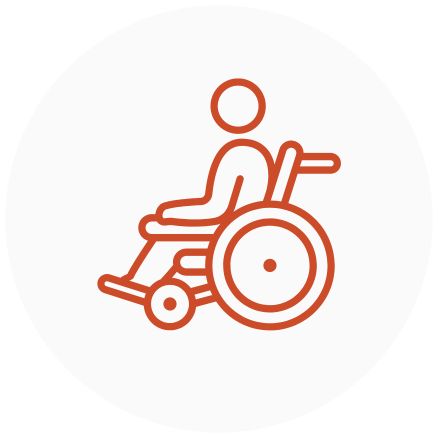
Treats acute as well as chronic conditions
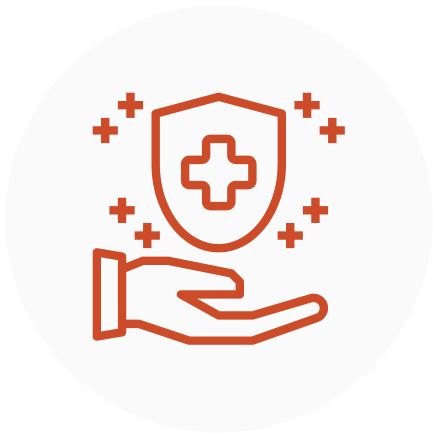
Safe and no side-effects
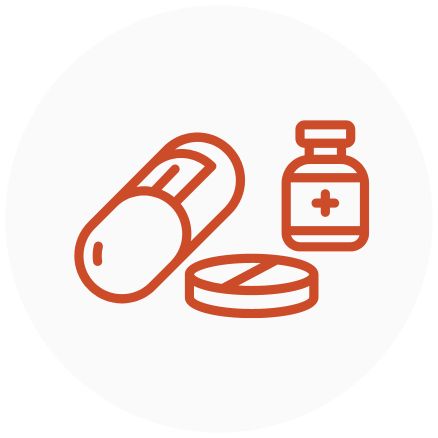
Individualized Medicine
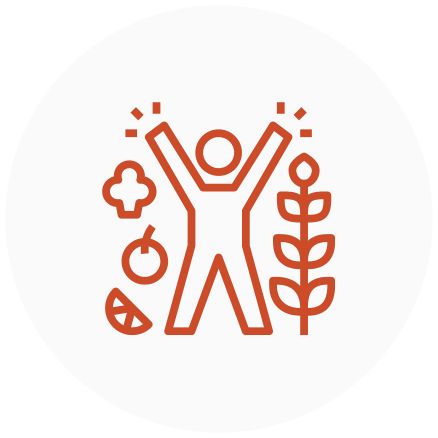
Long-lasting Relief
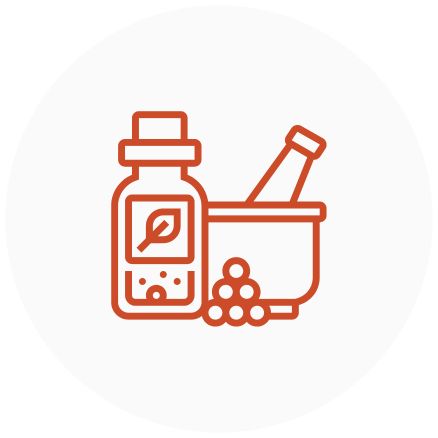
Complementary Care Along Allopathy
Afecto Homeopathy is your destination for exceptional care led by the best homeopathic doctors. Our expert team prioritizes your overall well-being, dedicating themselves to enhancing your life through innovative technology and advanced techniques. With a strong focus on transforming your health, our doctors with 30+ years of clinical experience bring you one step closer to a better lifestyle. Experience the difference with the best homeopathic doctors, and embark on a journey of healing and well-being with Afecto Homeopathy®.

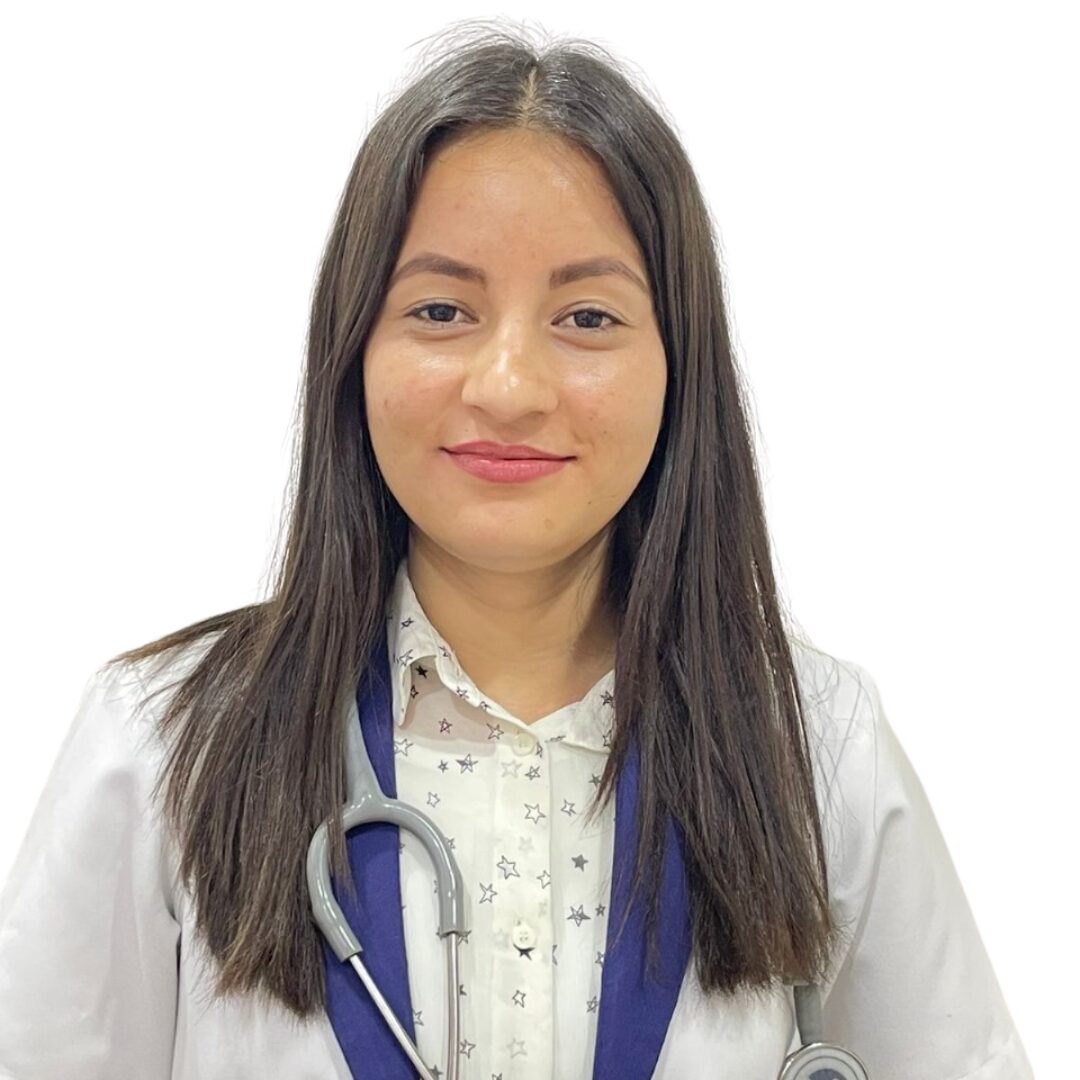


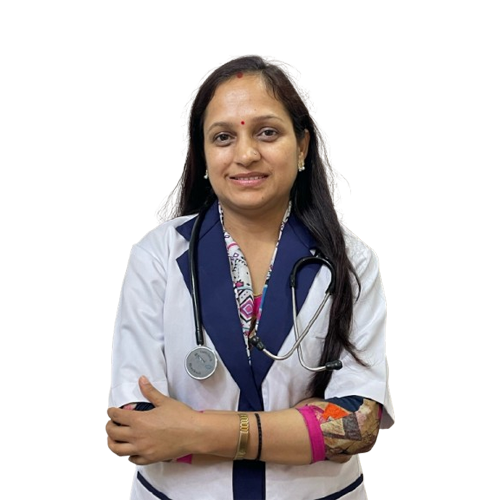
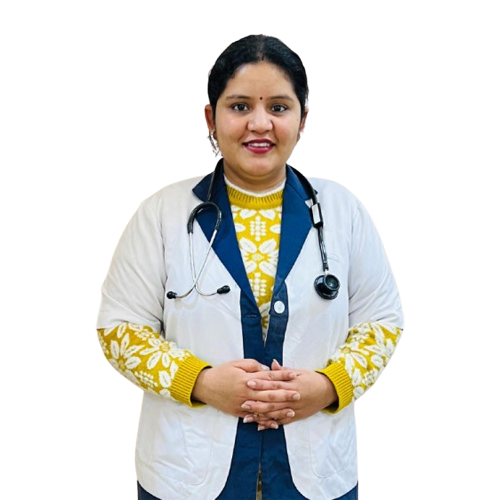
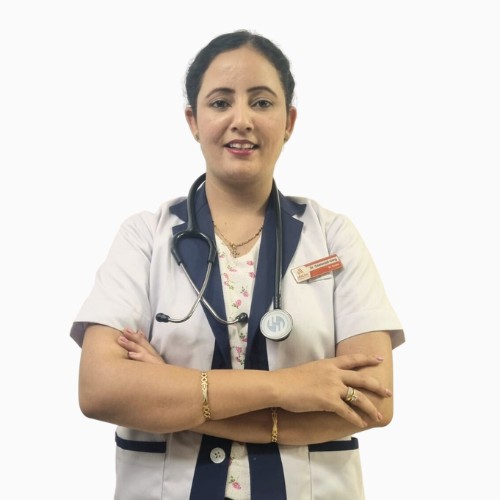
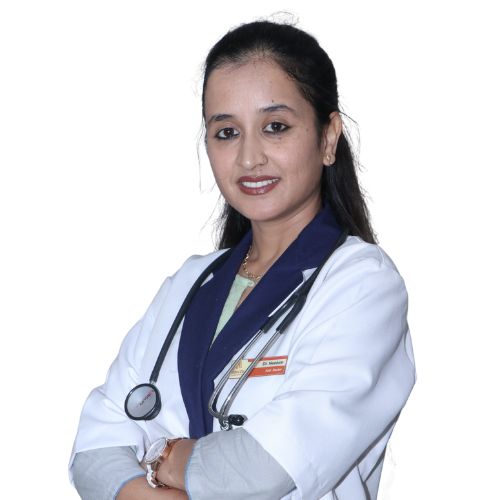
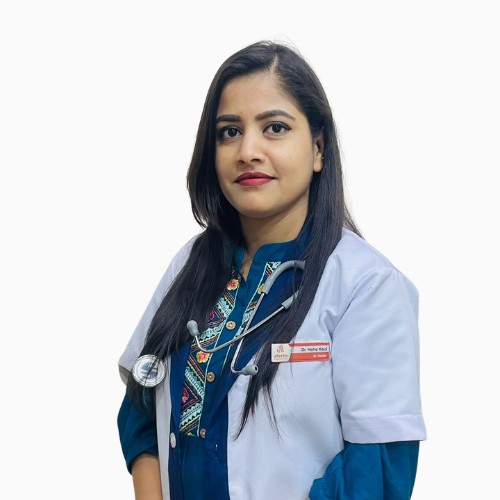
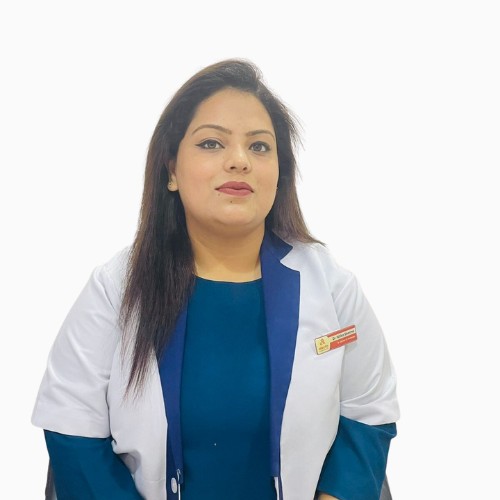
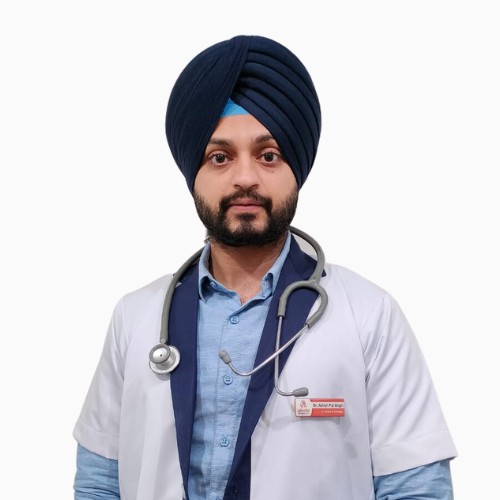

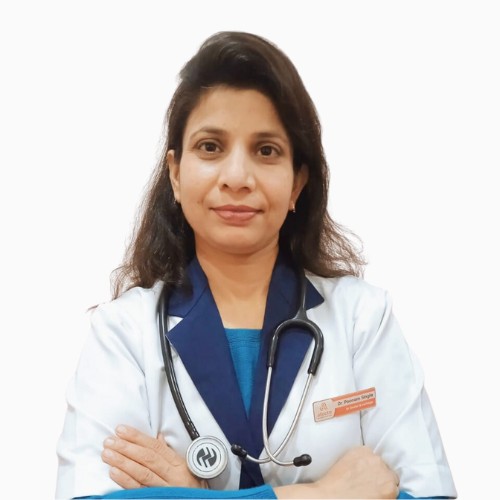
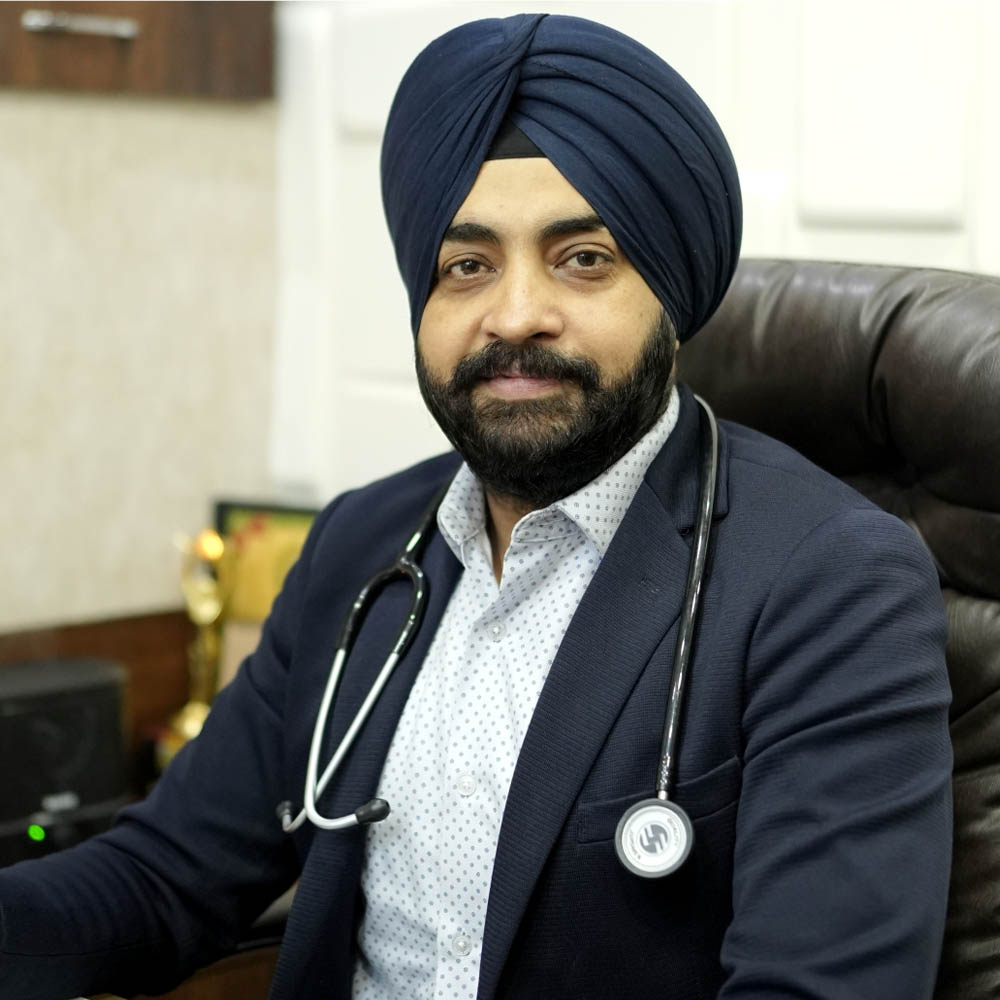
Homeopathic medicines that are considered best for skin problems should contain graphite and arsenic. It is not recommended to intake any medication without proper consultation. Different ski problem requires a different solution.
Yes, homeopathy medicines can cure the inner cause that results in Blemishes and provides long-term relief.
There are several treatments available for pigmentation in homeopathy but it is advised not to go for any treatment without a proper consultation. Some best remedy includes retinoids, laser peel, lighting creams, chemical peel, etc.
No, there have been no side effects of homeopathy medicines have been reported. There can be some rashes reported in some cases only if you take the medicines without proper consultation.
We care for your wellness
Distance does not matter for cure
We are here for you whenever you need us
Explore nearby clinics and schedule your visit effortlessly.